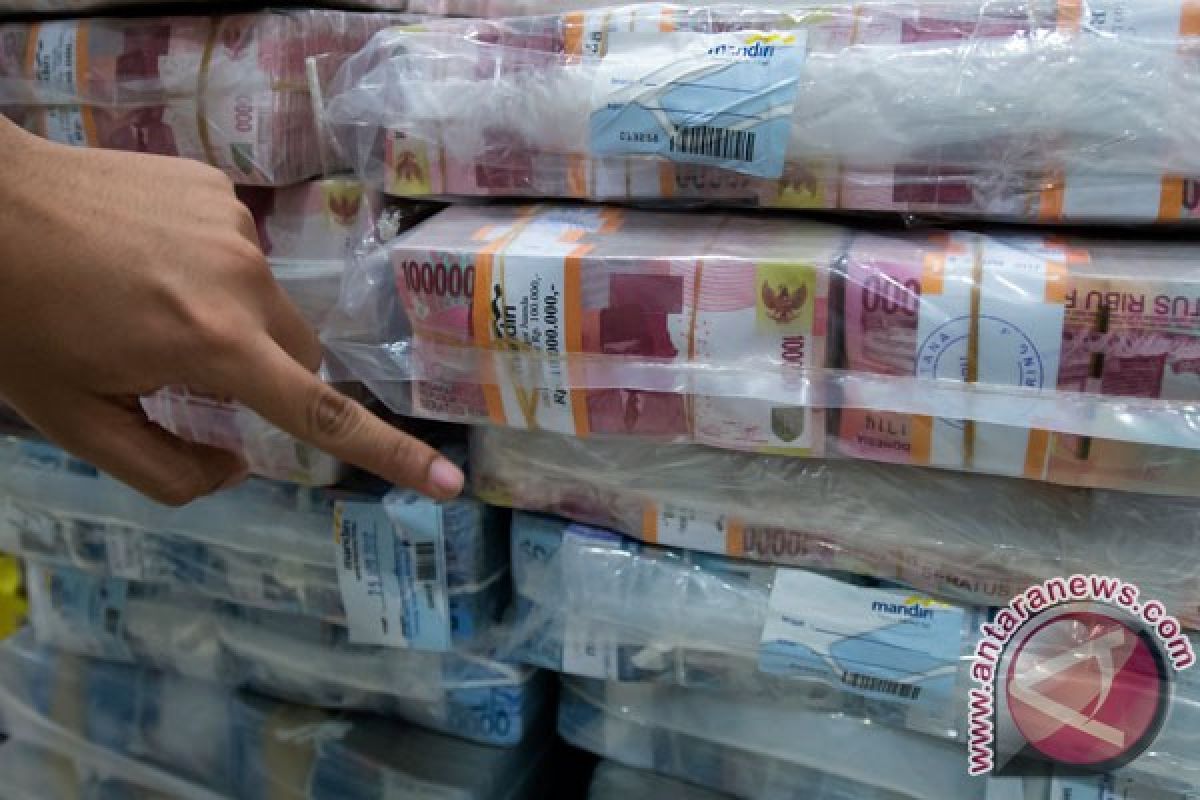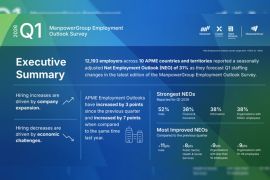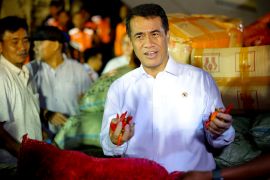Research Director of CORE Indonesia Piter Abdullah Redjalam said next year would still be marked with uncertainties on continued trade war, rising oil prices and tight global liquidity.
Meanwhile, the domestic condition is still far from bright with the country having yet to wriggle itself out of the trap of wide current account deficit, and shrinking rupiah value against the U.S. dollar, Piter said at a discussion CORE Economic Outlook 2019 here on Wednesday.
CORE Indonesia predicted that rupiah would hover around 15,200 per dollar in 2019 more conservative than the target set by the government in the state budget at 15,000 per dollar.
"Rupiah would begin to enter the momentum of strengthening in the second half of 2019 after the conclusion of the legislative and presidential elections which are to be held at once in in April, 2019, ," Piter said.
He said strong pressure on rupiah may forced Bank Indonesia to adopt a tight policy , adding the benchmark interest rate of the central bank rise three times to 7.75 percent to 7 percent from now 6 percent.
The rose in the benchmark interest rate would be followed with an increase in bank lending rates, he added.
"The condition would curb the growth of credit expansion to around 10-11 percent from 12 percent in 2018," he said.
Bank Indonesia as the monetary authority already tightened the monetary policy in 2018 by raising its benchmark interest rate by 175 basis points during the year.
Toward the end of 2018, the rupiah value is estimated to hover around 14,600- 14,800 per dollar.
CORE Indonesia has also predicted the country`s economic growth would be around 5.1-5.2 percent in 2019 below the target of 5.3 percent set by the government.
"Our estimate puts the growth rate at around 5.1-5.2 percent or more or less the same as in 2018," Executive Director of CORE Indonesia Mohammad Faisal said on the same occasion.
Faisal said the government`s target of 5.3 percent set for 2019, was too optimistic and would be difficult to come to reality.
The government could increase its spending to boost economic growth but two other main drivers - investment and exports - remain in the doldrums and still under pressure.
"Household consumption, which has been the biggest contributor to the Gross Domestic Product (GDP) so far, would most likely not grow more than 5.1 percent," Faisal said.
Among the series of government policies aimed at jacking up income and strengthening the people`s purchasing power, and expected to be able to maintain the level of household consumption, include the plan to raise the salaries of civil servants, and premium of social security for civil servants, the military and police, increase in social aid for the poor and rise in minimum wage.
Reporting by Citro Atmoko
Editing by Andi Abdussalam
Reporter: antara
Editor: Heru Purwanto
Copyright © ANTARA 2018












